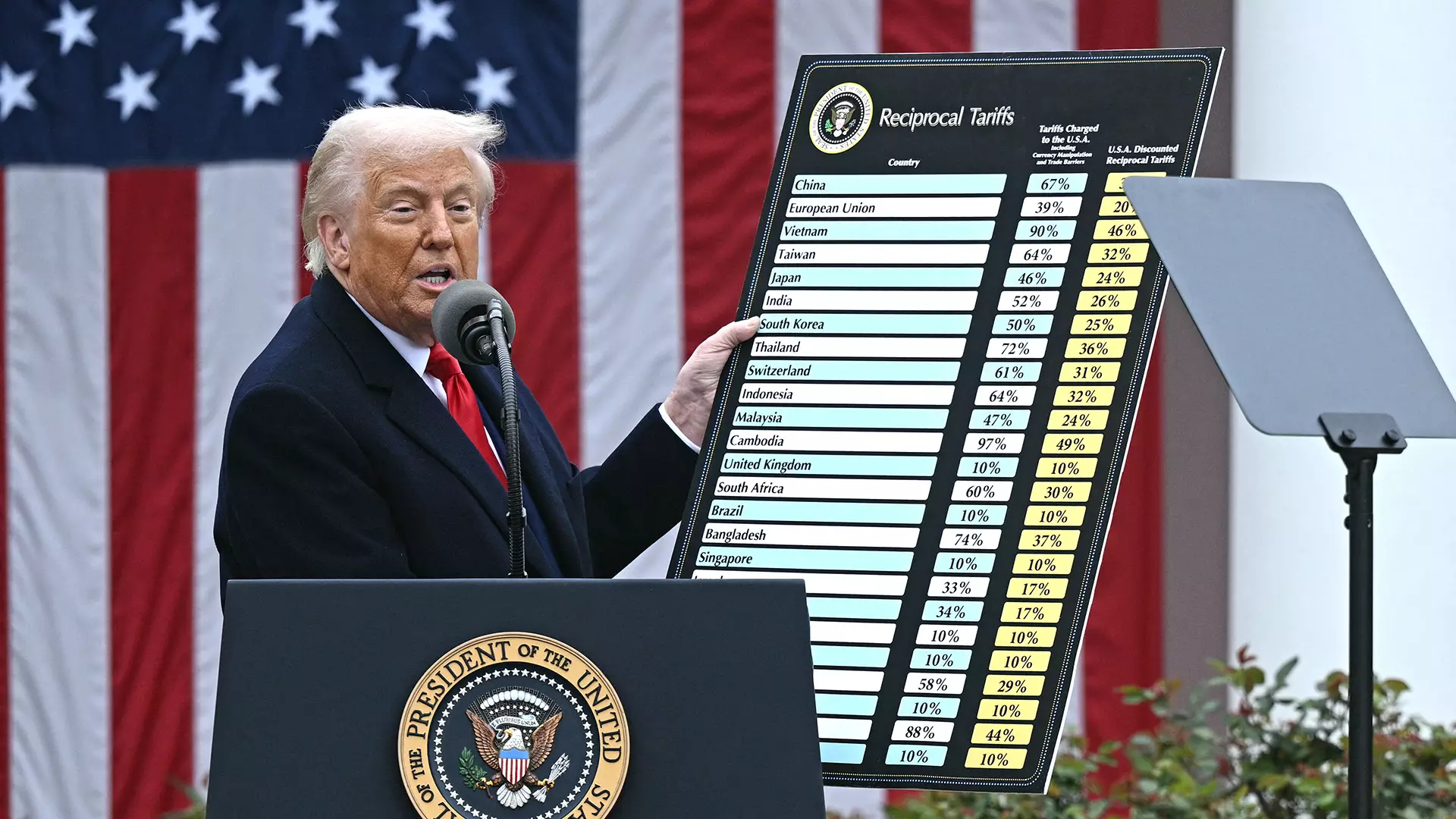In recent years, tariffs have become a lightning rod in the realm of international trade, often viewed with suspicion and frustration by global markets. Yet, beneath their contentious façade lies a strategic instrument wielded by governments aiming to shape the economic landscape. The recent surge in reciprocal tariffs, particularly by the United States under President Donald Trump’s administration, exemplifies this approach. While the immediate goal appears rooted in protecting domestic industries and addressing trade imbalances, the broader implications reveal a complex balancing act between economic sovereignty and global cooperation. The administration’s assertion that trade deficits threaten national security underscores a shift towards viewing economic threats through a geopolitical lens. This perspective elevates tariffs from mere economic barriers to tools of strategic influence, designed to negotiate better terms and guard critical supply chains.
However, the repercussions extend beyond simple trade disputes. Countries like Taiwan, which are pivotal in the semiconductor supply chain, find themselves caught in a shifting landscape that could hamper innovation and technological progress. The ambiguity surrounding exemptions for semiconductors hints at a calculated leverage strategy rather than a benign effort to address trade disparities. This approach raises critical questions about whether tariffs serve as a means to support emerging domestic industries or merely as political bargaining chips. The underlying danger lies in fostering a climate of uncertainty, where companies are forced to delay investments or alter supply chains, ultimately stifling growth and innovation.
The Economic Fallout and Disrupted Supply Chains
One of the most immediate effects of escalating tariffs is the distortion of global supply chains, particularly in high-tech sectors such as semiconductors and pharmaceuticals. Companies like TSMC and Samsung, both investing heavily in manufacturing facilities within the United States, illustrate a paradoxical scenario. While these investments aim to secure supply and mitigate risks associated with tariffs, they cannot fully replace the scale and efficiency of established Asian fabs. Consequently, increased production costs inevitably ripple through to consumers, influencing everything from gaming hardware to advanced computing systems.
The situation is further complicated by attempts to exempt certain countries or products. For instance, Taiwan’s provisional tariff reduction on chips suggests ongoing negotiations and strategic ambiguity. The absence of firm exemptions, especially for critical components like semiconductors, puts American tech companies and consumers in limbo. Product prices likely will rise, and supply shortages could become more common as companies navigate the treacherous terrain of tariffs and import restrictions. The ripple effect extends into markets worldwide, where other nations might retaliate or adopt their own protectionist measures, risking a downward spiral of trade tensions.
Moreover, the impact on innovation cannot be understated. When tariffs increase the cost of key components, the incentive to develop domestic alternatives heightens. While this could bolster local industries in the long term, the immediate effect often results in delays and reduced competitiveness. As supply chains fragment and costs escalate, the push for technological breakthroughs may slow, undermining the very goals these tariffs aim to achieve.
Strategic Calculations and Future Prospects
The oscillating stance of U.S. trade policy under Trump reflects a broader uncertainty about the future of global commerce. On one hand, the administration’s aggressive tariff strategy appears to champion national interests—protecting manufacturing jobs, incentivizing domestic production, and asserting economic independence. On the other hand, these measures risk alienating vital trade partners and diminishing the collaborative spirit necessary for technological innovation in a highly interconnected world.
The semiconductor industry epitomizes this delicate balancing act. Massive investments in U.S. manufacturing—like TSMC’s expansion plans—highlight a strategic move to secure supply lines amidst geopolitical concerns, particularly with China. Yet, these efforts might fall short if tariffs and political uncertainties persist, leading to a scenario where the U.S. becomes less of a manufacturing hub and more of a tentative assembler dependent on global supply. The possibility of higher tariffs for semiconductors outside America hints at a future where technological advancement is hampered by geopolitical divides rather than driven by innovation.
Ultimately, tariffs are a strategic gamble with high stakes. They can serve as leverage to renegotiate trade agreements but risk igniting retaliatory measures and economic inefficiencies. In an era where technological supremacy and supply chain resilience are critical, policymakers must weigh the immediate benefits against long-term consequences. As the world inches towards a more fractured trade environment, the question remains: will tariffs serve as catalysts for national growth, or will they become insurmountable barriers hampering the unstoppable march of innovation?

